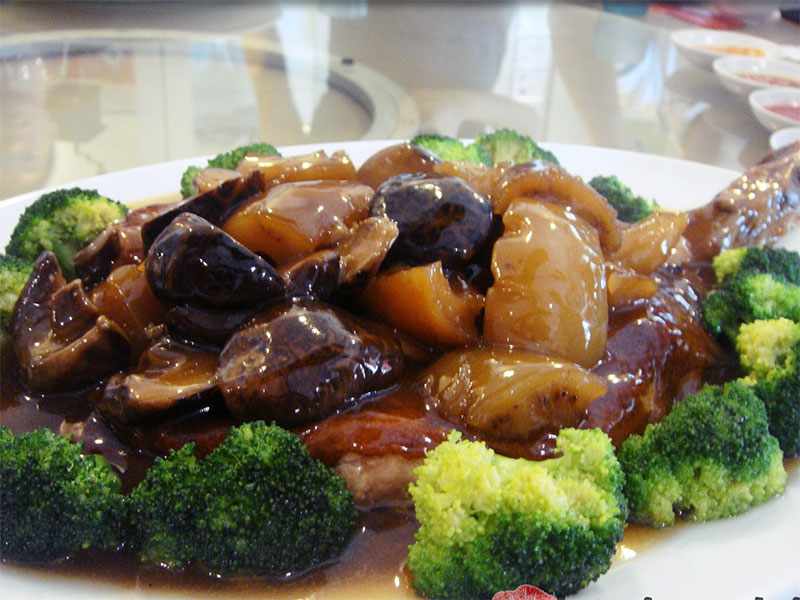
North American wild sea cucumber
This new species of deep-water sea cucumber (Elpidia belyaevi) was discovered by Census of Marine Life researchers in the frigid waters of the Arctic. Since the 1800s, researchers observed sea cucumbers similar to this one in the Arctic at all depths, from shallow to deep, and assumed they were all the same species, Elpidia glacialis. But after the Census, researchers think that E. glacialis lives mostly in shallow water, while the new species E. belyaevi lives in the mid- and deep ocean.

Sea Cucumbers dried
Sea cucumbers are marine animals of the class Holothuroidea, They are used in fresh or dried form in various cuisines. It some cultural contexts the sea cucumber is thought to have medicinal value.
The creature and the food product are commonly known as bêche-de-mer (literally "sea-spade") in French, trepang (or trīpang) in Indonesian, namako in Japanese, and balatan in Tagalog. In Malay, it is known as the gamat.
Most cultures in East and Southeast Asia regard sea cucumbers as a delicacy. A number of dishes are made with sea cucumber, and in most dishes it has a slippery texture. Common ingredients that go with sea cucumber dishes include winter melon, dried scallop, kai-lan, shiitake mushroom, and Chinese cabbage.

American ginseng
American ginseng was formerly particularly widespread in the Appalachian and Ozark regions (and adjacent forested regions such as Pennsylvania, New York and Ontario), but due to its popularity and unique habitat requirements, the wild plant has been overharvested, as well as lost through destruction of its habitat, and is thus rare in most parts of the United States and Canada. Ginseng is also negatively affected by deer browsing, urbanization, and habitat fragmentation. It is also grown commercially, under artificial shade, woods cultivated, or wild-simulated methods, in Wisconsin and Minnesota, and usually harvested after three to four years depending on cultivation technique; the wild-simulated method often requires up to 10 years before harvest. Many ginseng growers in Wisconsin are represented by the "Ginseng Board of Wisconsin", whose seal is often sought-after on ginseng products to certify they are genuine. Wisconsin, particularly Marathon County, accounts for about 95% of production in the United States.It is also widely grown in Ontario, Canada.






